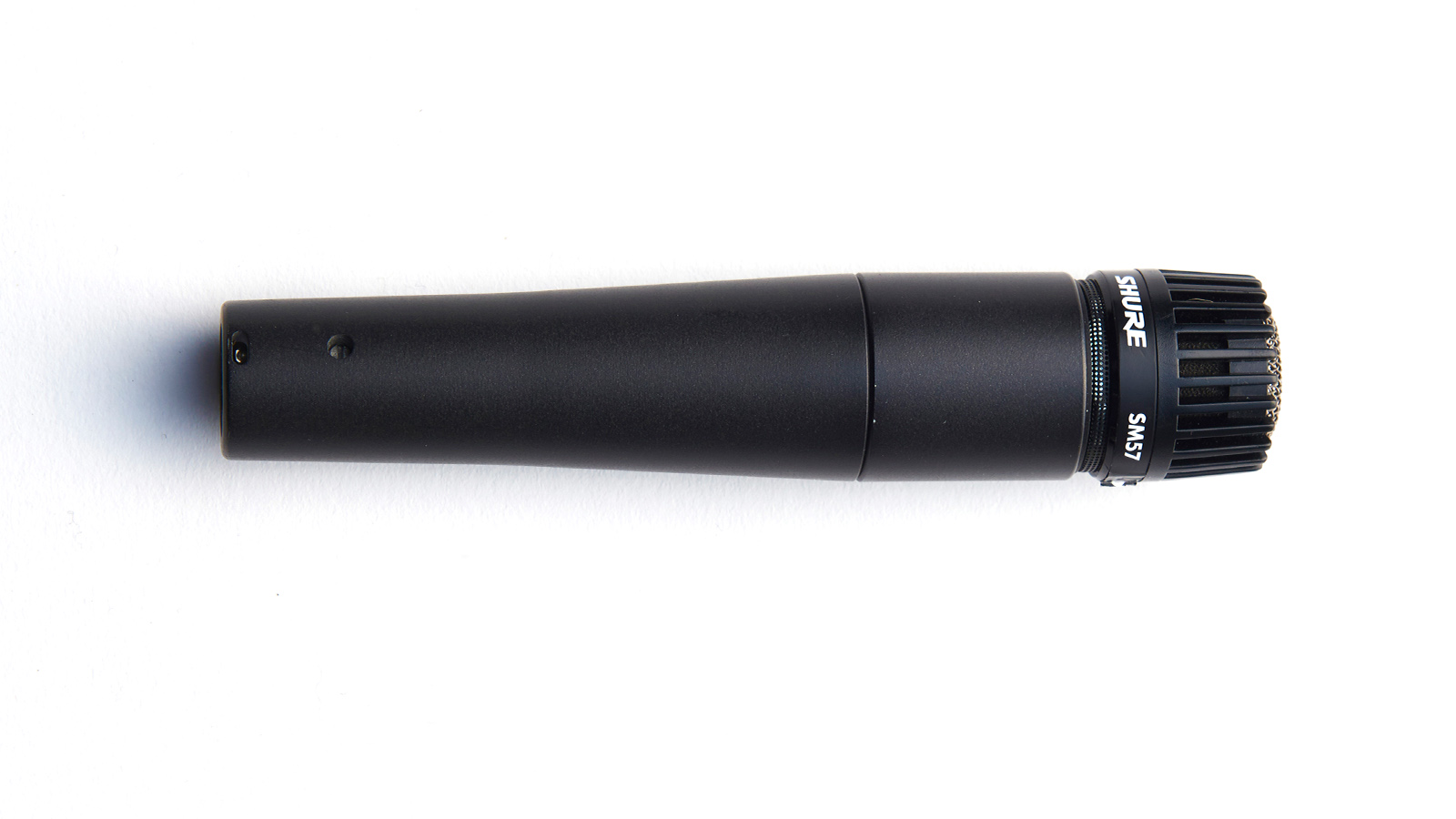MusicRadar Verdict
The Shure SM57 has been the go-to mic for professionals, amateurs and hobbyists for a generation. Still, to this day, it offers the perfect blend of reliability, robustness and clear, consistent sound across a range of applications.
Pros
- +
Great value
- +
Easy to use
- +
Works brilliantly with guitar amps
- +
Tolerant of loud sources
- +
Solid build quality
Cons
- -
Not ideal for vocals
MusicRadar's got your back
What is it?
When it comes to recording guitars, there are few microphones that can compete with the Shure SM57. You could walk into any pro studio in the world and we’d bet our lives you’d find at least one of these knocking about. But what is it that keeps people coming back to this trusty old warhorse? Well, it turns out the old adage of ‘keep it simple, stupid’ is in full effect here. Essentially, the Shure microphones SM57 strikes the perfect balance between rock-solid build quality, consistent recordings and total reliability.
Plus, being a dynamic microphone, it can withstand ridiculously high volume levels – certainly higher than the human ear could ever cope with. In this Shure SM57 review we’ll try to condense some of the best features of this studio staple and offer our opinion on why you should add one to your recording arsenal.
At a top level, the Shure SM57 is a dynamic, cardioid pattern mic with an all-metal body, flat grille and broad frequency range. It is arguably one of the most versatile dynamic mics around, thanks to its ability to record extremely loud sources without any problems. It’s also famed for its tough build quality; look on YouTube and you’ll see plenty of videos of people actively trying to destroy SM57s by driving over them or dropping them from great heights. Few succeed, simply because without moving parts internally, there’s very little here which can break. That said, it does excel at certain things more than others so arguably isn’t the best choice for every application. Just most of them. Let’s take a closer look.
- Explore more of the best cheap microphones
- Get a perfect take with the best vocal mics
Performance and verdict
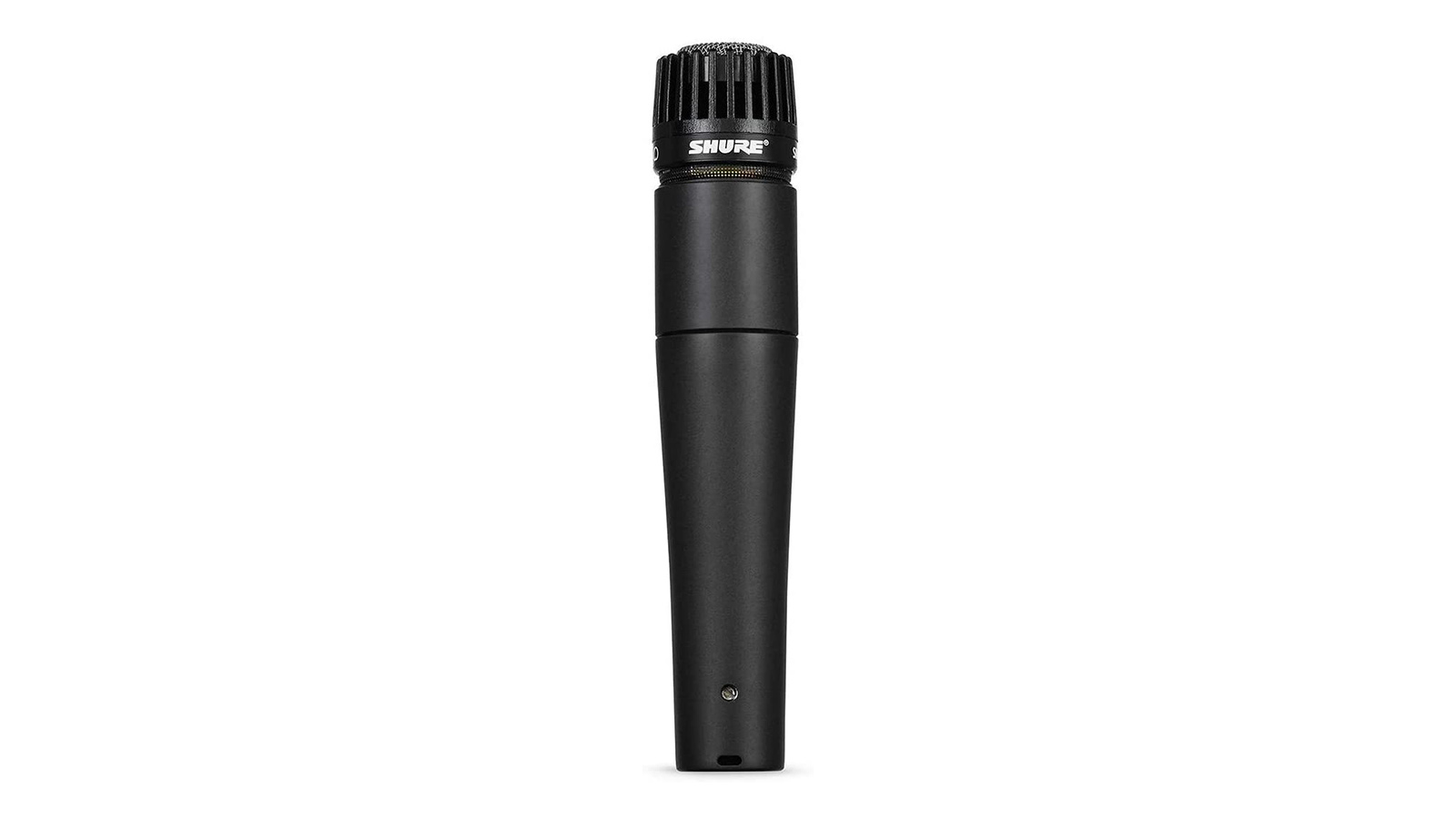
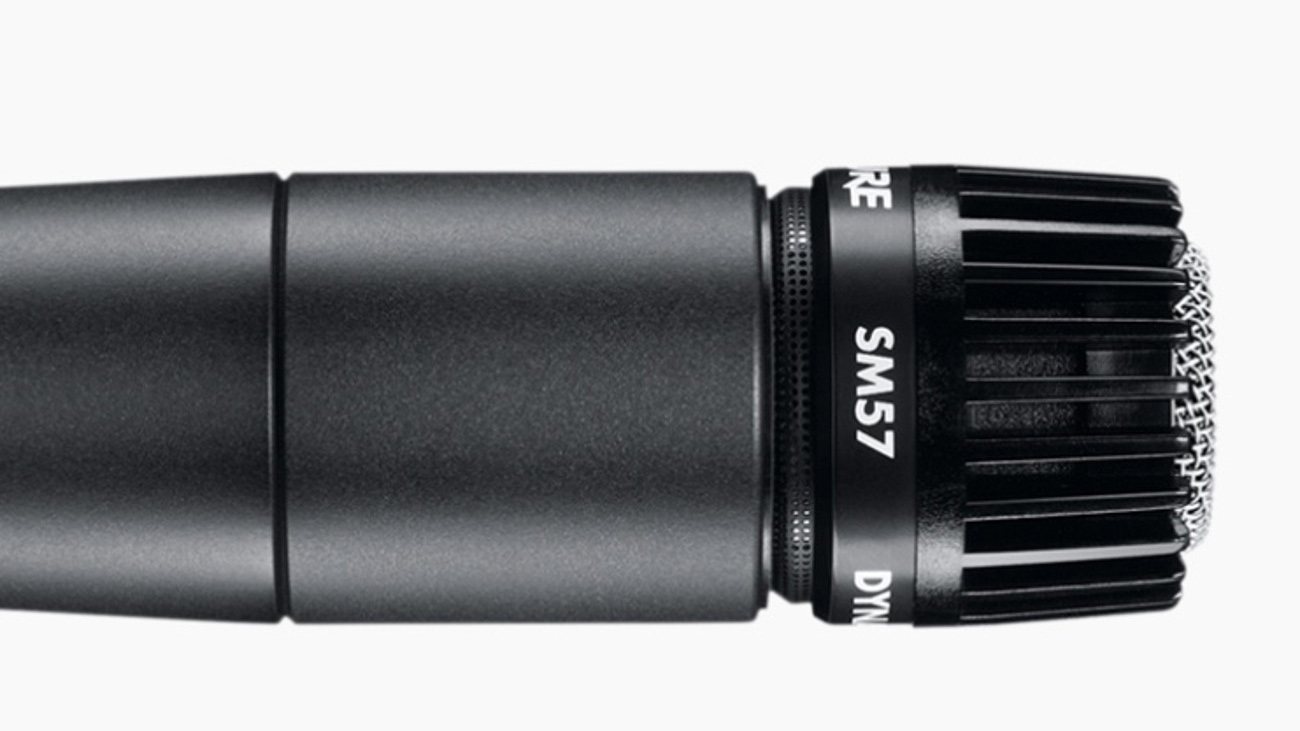
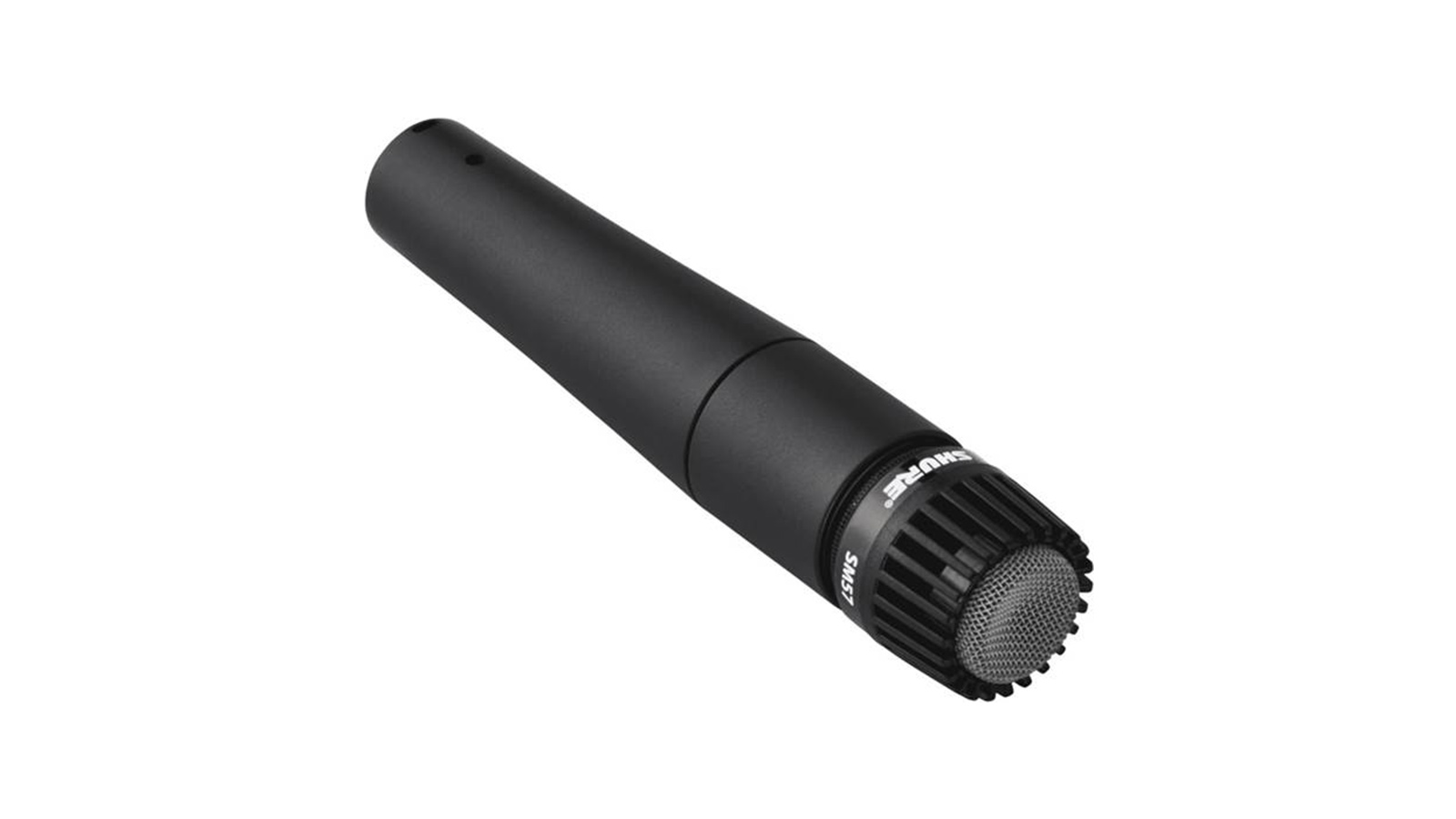
Out of the box, you’ll notice the Shure SM57 has a nice weight to it. This is due to the die-cast metal body, which gives the mic its characteristic toughness. This is evidently a microphone designed to withstand all manner of abuse, from being dropped, knocked over, stood on and generally not wrapped in cotton wool.
This toughness extends to its audio prowess, with the SM57 having built a formidable reputation as being the number one choice when it comes to recording guitar cabinets. It will think nothing of being plonked directly against the grille of a 100w tube amp, and allows guitarists to dial in those glorious power amp harmonics safe in the knowledge the mic has got your back. It’s in these situations that the flat grille head and tight cardioid pattern make perfect sense, allowing you to gain an extra inch or so of proximity to the sound source, be that a speaker cabinet, snare drum or acoustic guitar. Being a dynamic mic, you are looking to get the mic head as close to the source as possible as they lack the sensitivity of a condenser mic, so it’s a neat touch from Shure to give the SM57 this particular design feature.
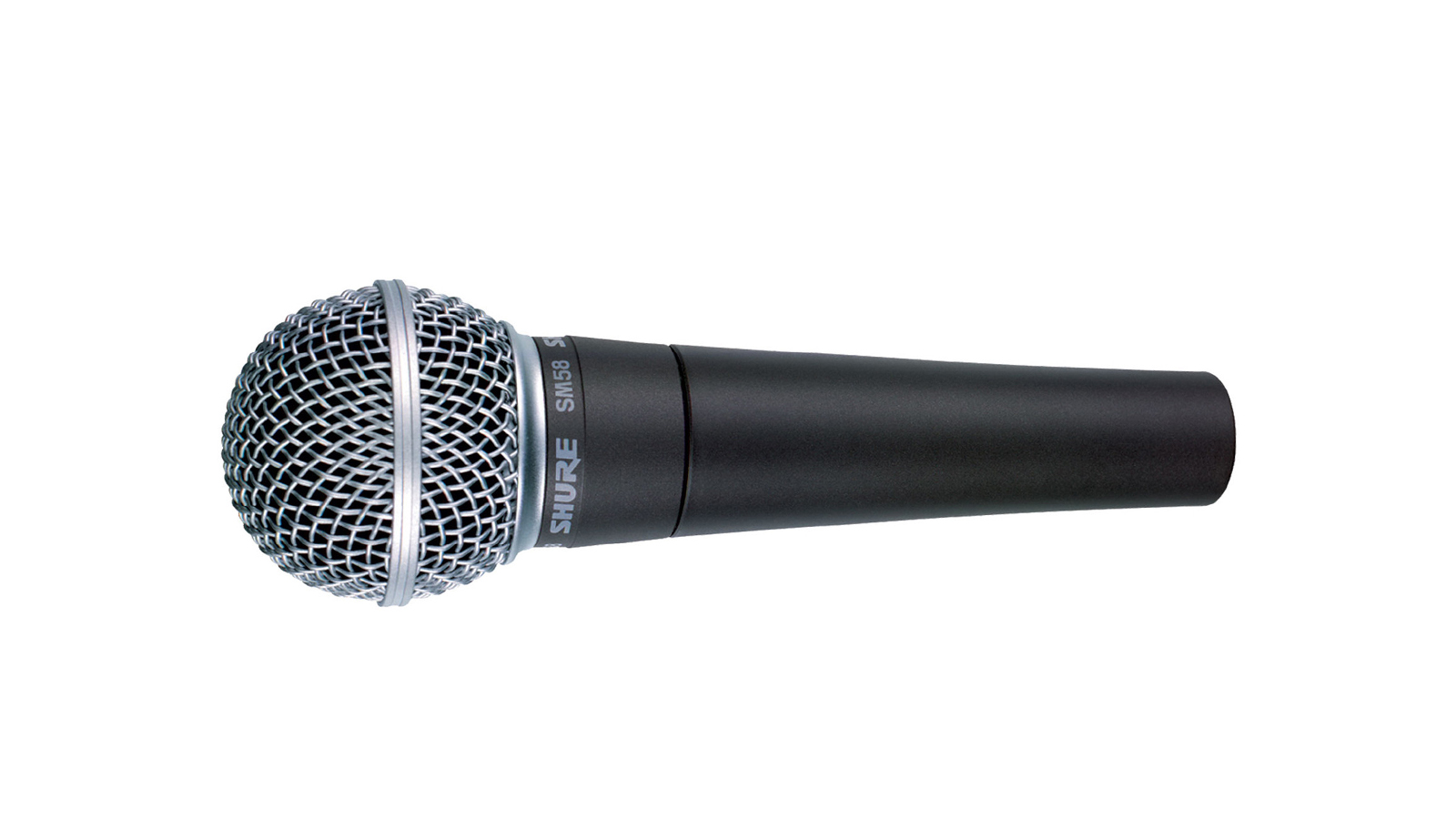
Shure SM58
sE Electronics V7
Sennheiser e906
The SM57 features a fairly broad frequency spectrum, which is ideal for guitars; a natural presence boost allows the top end to sparkle without overpowering the overall mix, and the natural cut-off at 15,000 Hz is ideal. Typically, any more than that would be cut using EQ in post-production so you’re not losing out on anything by having the cut-off point here. Frequencies in the far low-end are attenuated by the mic, so you don’t have to worry about kick drums overpowering the guitar and also won’t need to factor in high-pass filtering at a later stage.
It’s not all about the SM57’s volume handling capabilities though; when used as an acoustic guitar mic, the SM57 provides a balanced, rich sound which focuses on the harmonics and frequencies you want and rejects anything outside that. If you’re worried about tonal character and flavour, you’ll probably want to investigate in multi-mic setups anyway. Indeed, one of the more common uses in a studio setting is for the SM57 to buddy up with a condenser mic. The SM57 handles the bulk of the volume and the raw sound output, while a decent condenser pitched slightly further back adds extra detail. The combination of the dynamic and condenser is an age-old trick that gives the mix engineer a broad palette of tones to choose from.
Want all the hottest music and gear news, reviews, deals, features and more, direct to your inbox? Sign up here.
There are many reasons why the Shure SM57 remains as popular and ubiquitous now as it ever has done. Particularly for guitarists, this rock-solid, versatile and reliable mic is a trustworthy addition to any recording or performance setup and one you’ll never regret investing in. For under £/$100, it’s as close to a no-brainer as you’ll ever find in the music technology world.
Hands-on demos
Podcastage
Nico Soro
Sweetwater
Specification
- Type: Dynamic
- Frequency response: 40Hz to 15,000 Hz
- Polar pattern: Cardioid
- Sensitivity: 94dB SPL
- Connection: 3-pin XLR
- Weight: 284g
- Contact: Shure
More microphone guides
- Our pick of the best podcast microphones for every budget
- The best USB microphones: All-in-one mics for podcasting and more
Chris Corfield is a journalist with over 12 years of experience writing for some of the music world's biggest brands including Orange Amplification, MusicRadar, Guitar World, Total Guitar and Dawsons Music. Chris loves getting nerdy about everything from guitar and bass gear, to synths, microphones, DJ gear and music production hardware.
